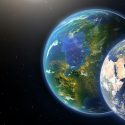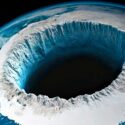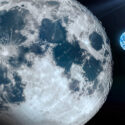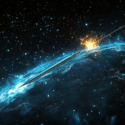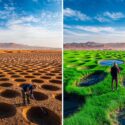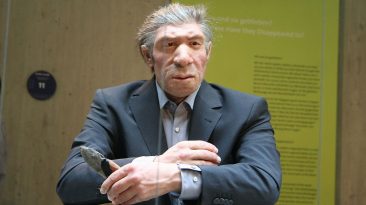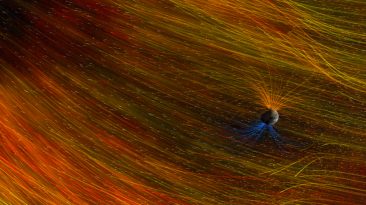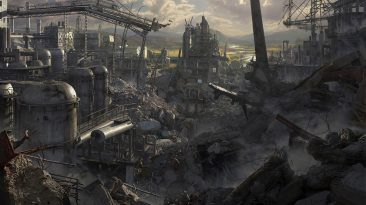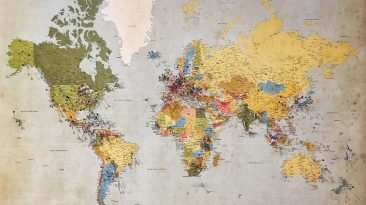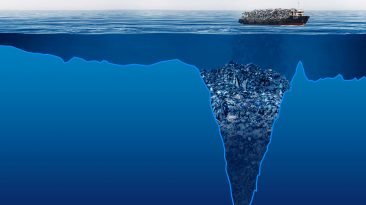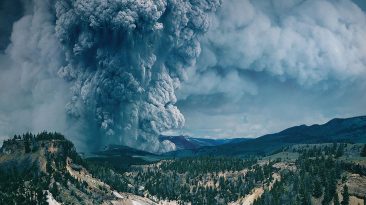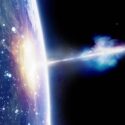Two billion years ago, Earth was a strange and hostile place. It was an era marked by dramatic climate shifts, dangerous changes in the atmosphere, and the birth of conditions that would eventually allow complex life to flourish. The planet was still young compared to today, and the environment was unlike anything humans could survive in.
Here are seven ways our world looked and behaved during this extraordinary chapter in its history, and why these events shaped the Earth we know today.
1. The Land Was Bare and Lifeless
If you had visited Earth 2 billion years ago, you would not have seen trees, flowers, or even a single blade of grass. The land was a barren and rocky landscape without vegetation of any kind. There were no animals, not even insects or other small creatures. The only living things existed in the oceans, and they were microscopic.
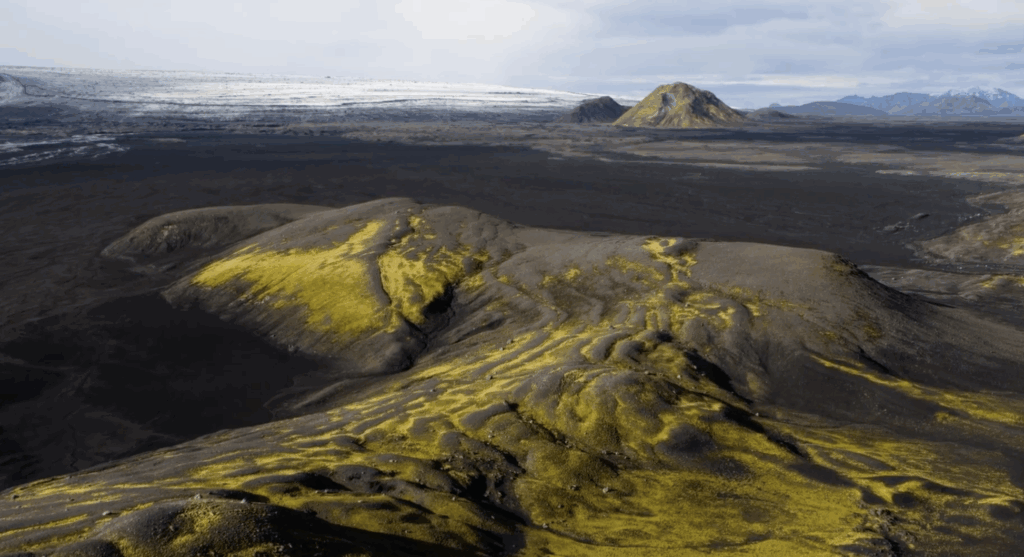
Without plants to hold soil together or provide shade, the terrain would have appeared empty, harsh, and alien. Winds would have swept freely across the rocky surface, carrying dust and debris without obstruction. This lifeless scene would have been both silent and still, broken only by the sound of water hitting bare rock along the shore.
2. Cyanobacteria Ruled the Waters
Earth’s oceans at this time were dominated by green, slimy mats of cyanobacteria. These tiny organisms were the most important life forms on the planet, even though they were invisible to the naked eye. Cyanobacteria could perform photosynthesis, using sunlight to convert water into energy and releasing oxygen as a byproduct.
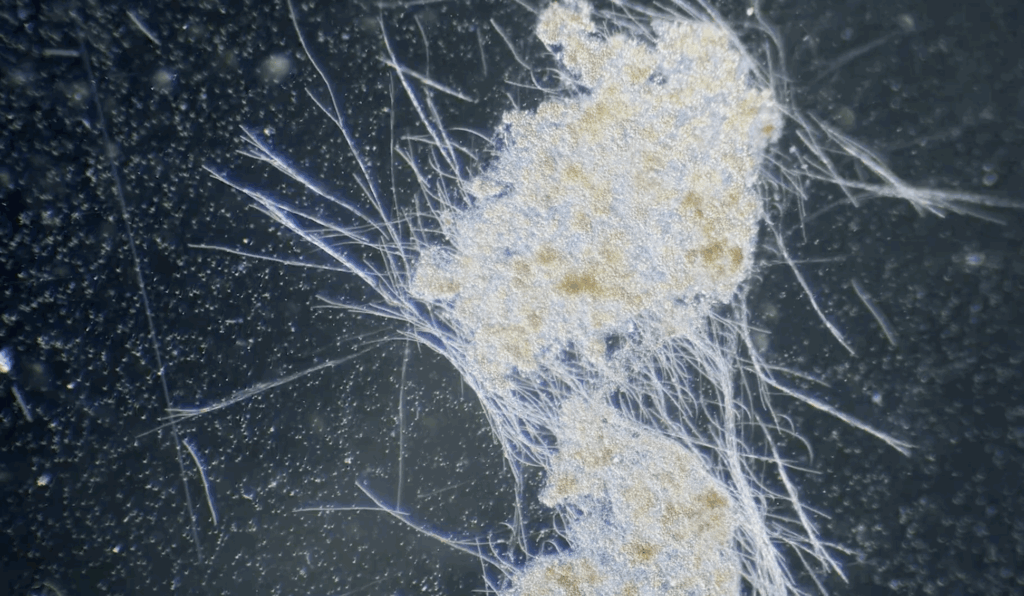
Over millions of years, they began altering the chemistry of the oceans and the atmosphere in ways that would reshape the planet forever. The seas would have glowed with their presence, giving the water a murky green hue. Without these microorganisms, there would have been no oxygen-rich air for future plants and animals to breathe. Their work laid the foundation for all higher life to come.
3. The Great Oxidation Event Wiped Out Most Life
The oxygen produced by cyanobacteria was toxic to most of the other microbes living at the time. As oxygen levels increased, methane and carbon dioxide, the greenhouse gases that had kept Earth warm, were stripped from the atmosphere. This sudden change triggered the Great Oxidation Event, which wiped out an estimated 99 percent of life on Earth.
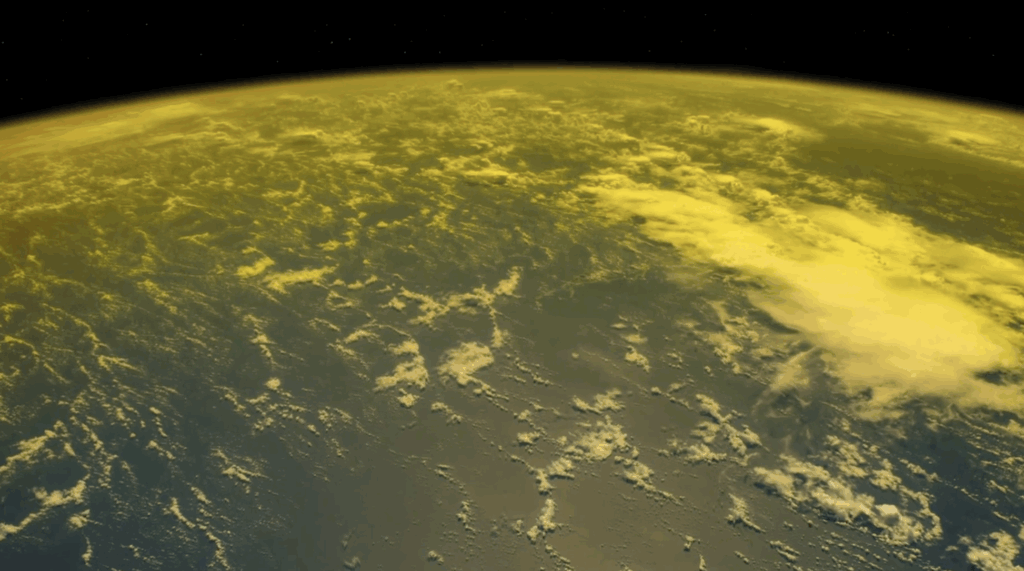
The extinction was slow on a human timescale but rapid in geological terms, forever altering the direction of evolution. The seas and skies began to change color as new chemical reactions took place. For many of the surviving organisms, adapting to this oxygen-rich environment meant the difference between survival and extinction.
4. Earth Entered a 200 Million Year Ice Age
With greenhouse gases nearly gone, global temperatures plummeted. The Huronian glaciation began, lasting roughly 200 million years. Ice sheets spread across nearly every part of the planet, from the poles all the way to the equator. Oceans froze over, trapping marine life beneath thick layers of ice.
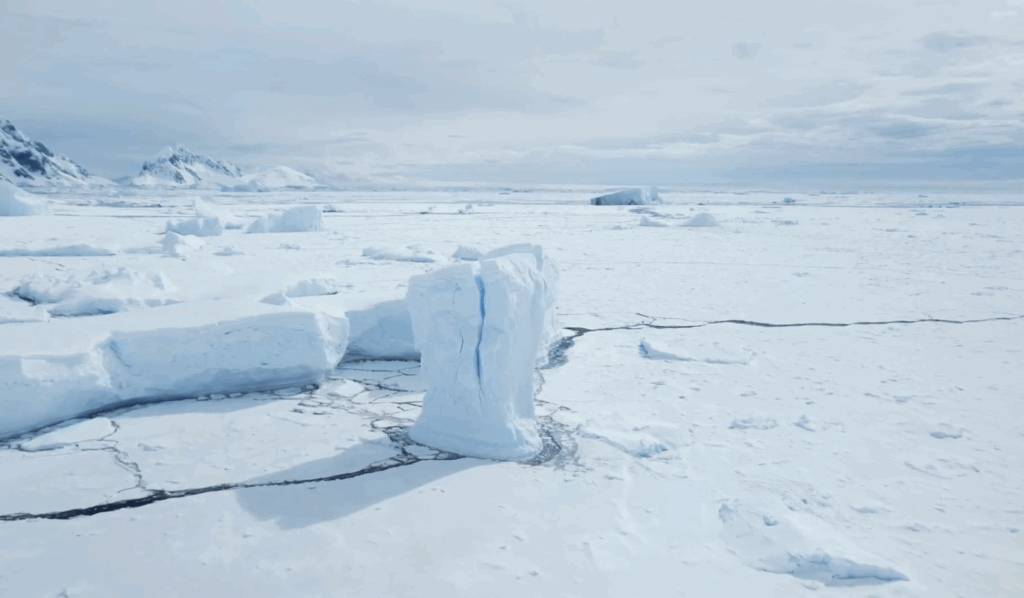
The continents turned into vast, shimmering expanses of snow and ice that reflected sunlight back into space, making the cold even worse. Only about 1 percent of life managed to survive this deep freeze, clinging to existence in rare warm spots where geothermal heat or chemical energy still sustained life. The frozen Earth would have been a dazzling yet deadly place to witness.
5. Volcanoes Rebuilt the Climate
Beneath the frozen surface, volcanic activity continued to rage. Over millions of years, enormous eruptions released carbon dioxide and water vapor back into the atmosphere. These gases created a powerful greenhouse effect, slowly warming the planet and melting the ice sheets. The same volcanic activity pushed the tectonic plates, bringing small land masses together to form Earth’s first known supercontinent, called Nuna.
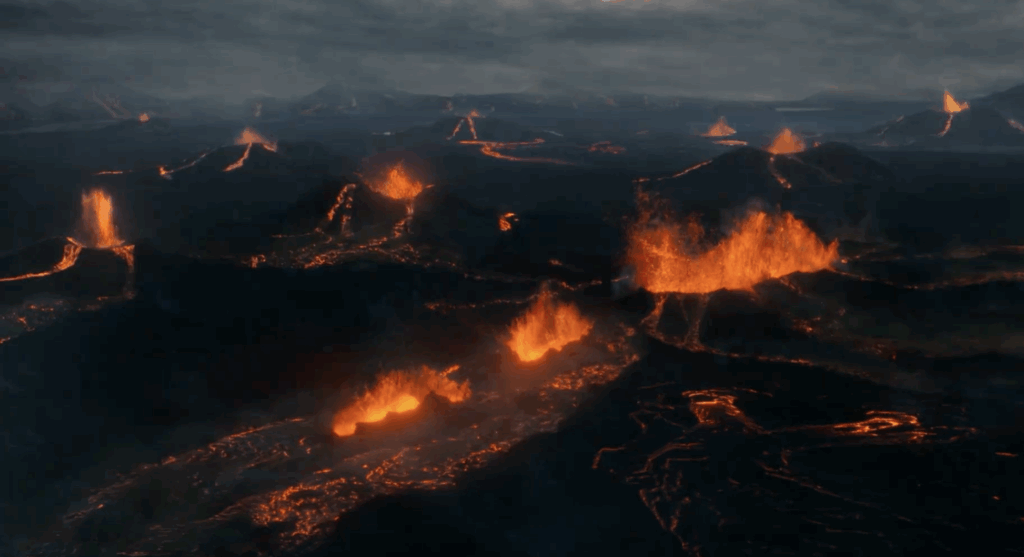
Volcanic ash would have darkened skies in some areas, while molten lava poured across the land, creating new rock formations. As the climate warmed, meltwater from glaciers carved new rivers and reshaped coastlines. The Earth was entering a period of dramatic geological transformation.
6. Earth’s First Natural Nuclear Reactor Formed
In what is now Africa, unique conditions created the world’s first natural nuclear reactor. Ancient uranium deposits, concentrated by microbial activity and buried by tectonic forces, reached a critical mass that allowed nuclear fission to occur naturally. This reaction continued for hundreds of thousands of years, releasing heat and energy deep underground.

Scientists today study this rare phenomenon to better understand nuclear energy and how to store radioactive waste safely. The natural reactor showed that even in the distant past, Earth’s chemistry and geology could produce powerful energy sources without human intervention. It remains one of the most extraordinary natural events in the planet’s history.
7. The Foundations for Complex Life Appeared
The small percentage of life that survived the ice age adapted to oxygen-rich conditions. Some microorganisms evolved to use oxygen for breathing while producing carbon dioxide, which fueled more photosynthesis by cyanobacteria. This cycle created a more balanced atmosphere and supported further life growth.
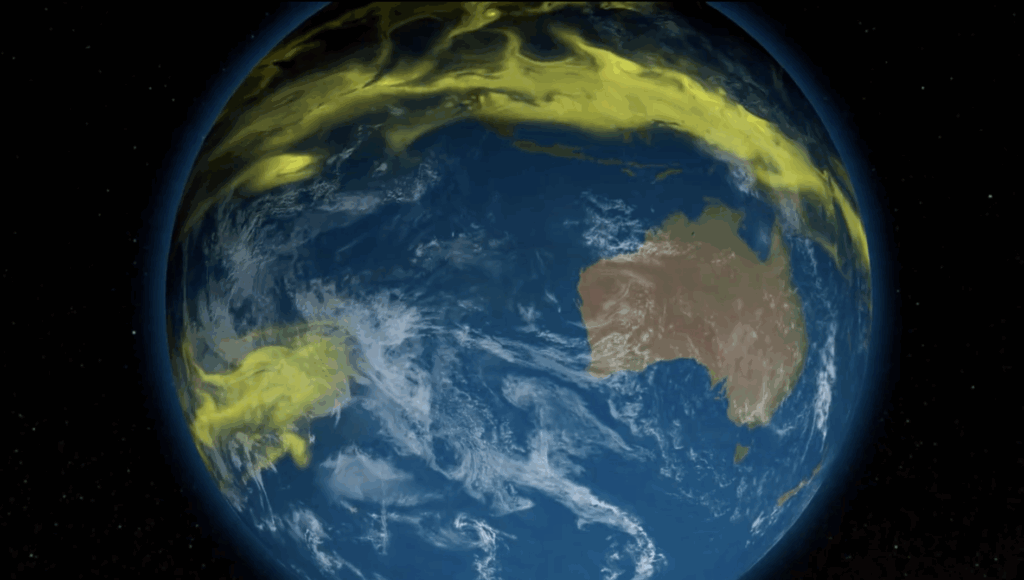
Oxygen in the atmosphere also began forming the ozone layer, which protected life from harmful ultraviolet radiation and opened up new habitats on land and in shallow waters. Cells became more complex, developing nuclei and other internal structures. These early eukaryotic cells were the ancestors of all plants, animals, and fungi alive today. This was the starting point for the rich diversity of life we now see on Earth.



